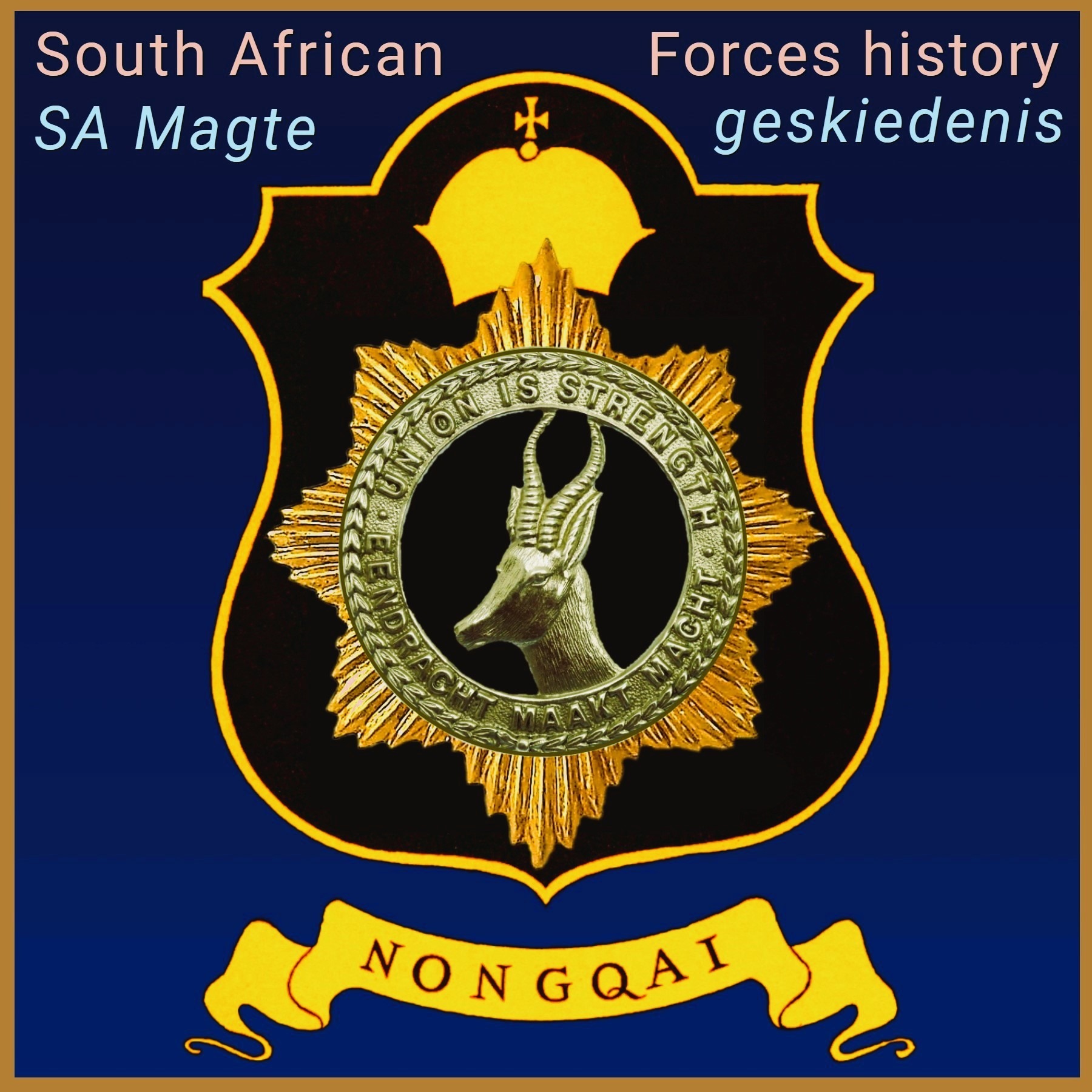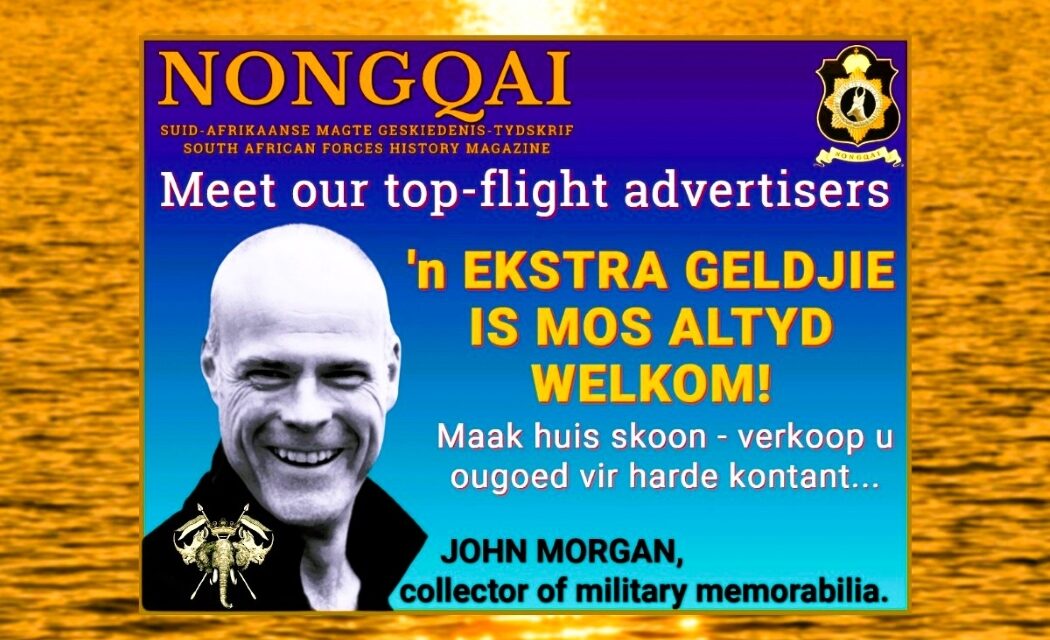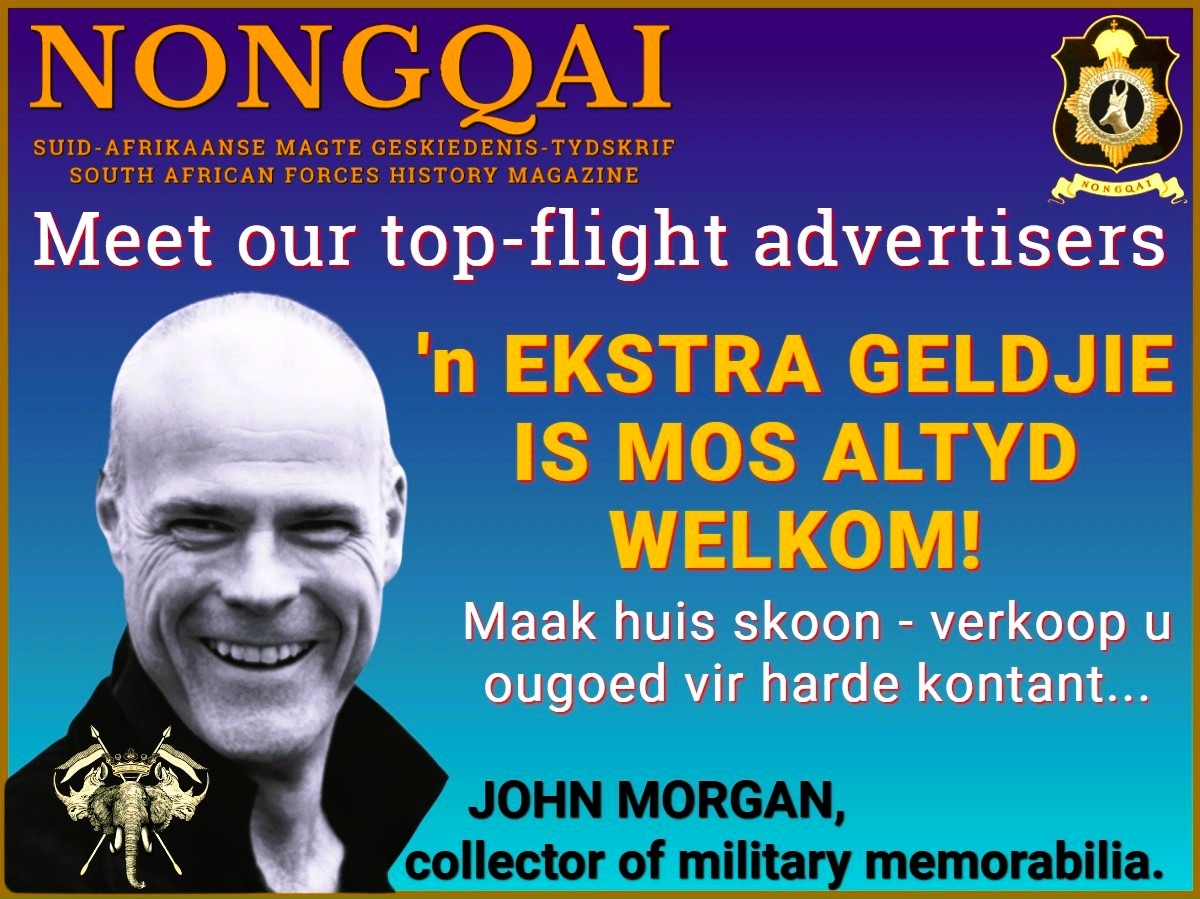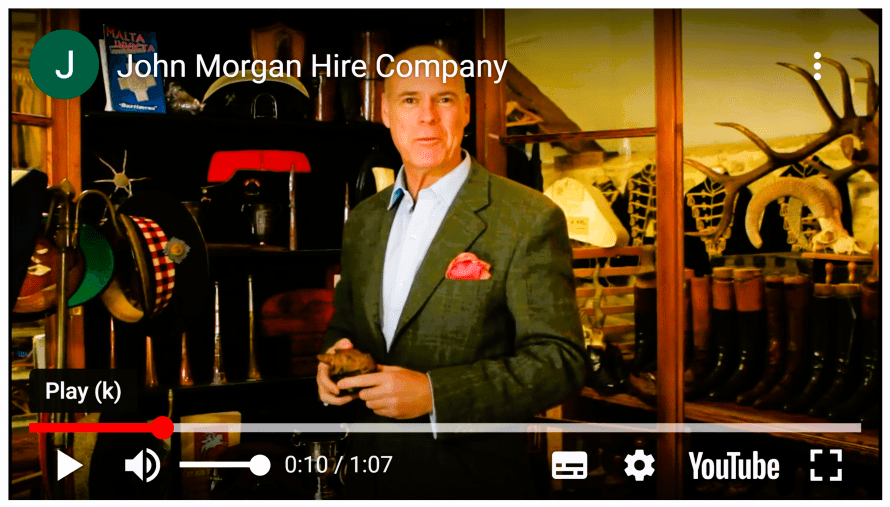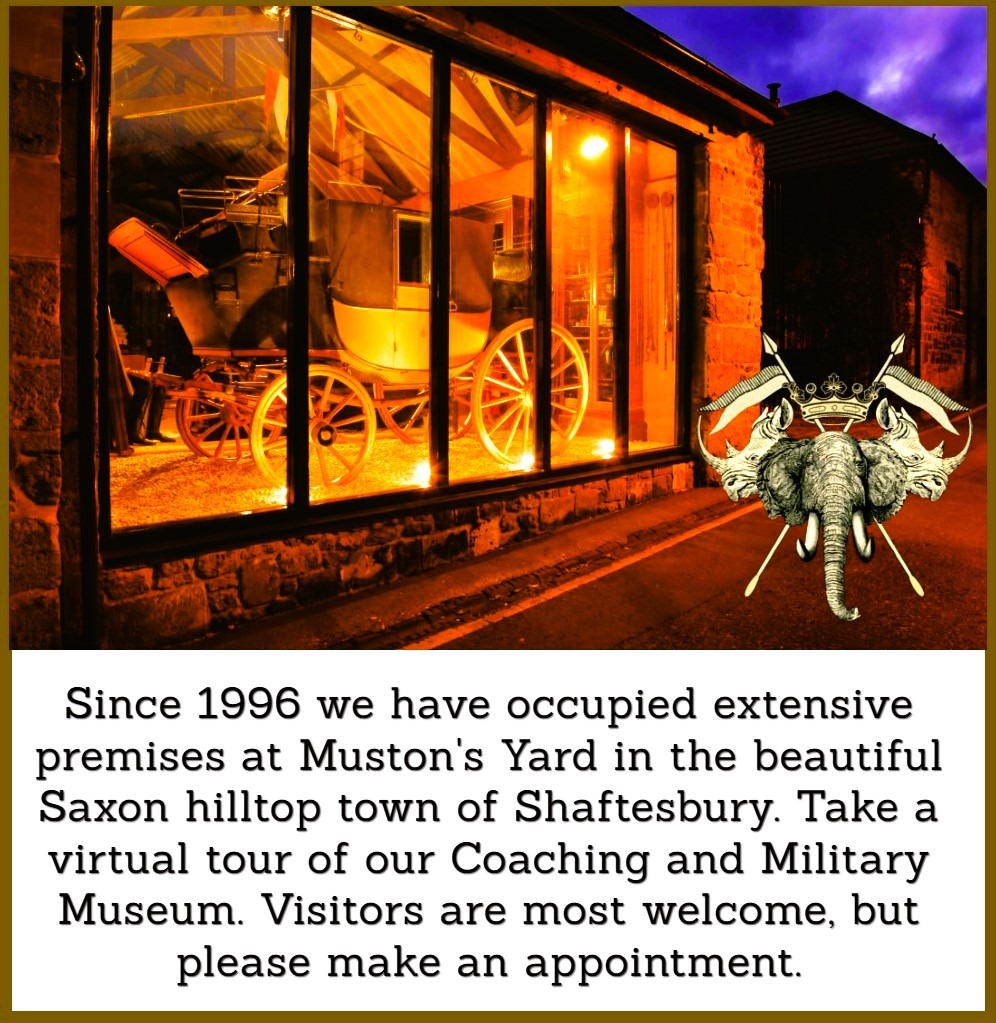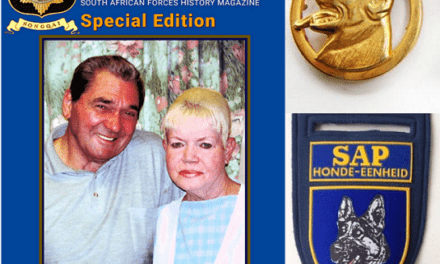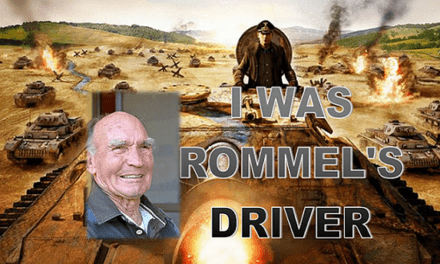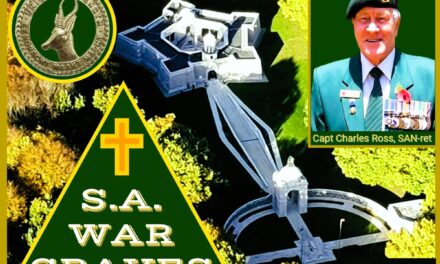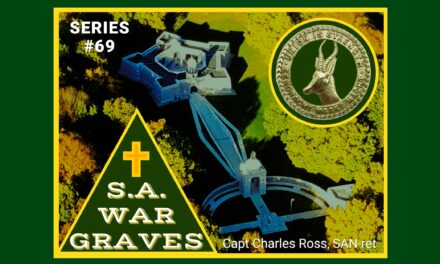ABSTRACT: Extra cash is always welcome! Many of us have memorabilia from our time in the Forces stashed away at home. Uniforms, other kit, perhaps even medals and awards. Stuff that the kids may not be interested in, or simply not have space for, or perhaps they live too far away to eventually get it to them in a cost-effective manner. Do we simply throw it away, or flog it at a flea market? Isn’t there a way of ensuring that it will be put to good use, still as heritage assets, and even bring in good money? Indeed, there is. John Morgan will buy it from you, off your WhatsApp photos, for cash, arrange for it to be picked up, and then rent it to film crews and TV producers. So that it will definitely not end up on the rubbish dump but continue to serve as reminders of a proud past. As an antiques dealer he is also interested in historical collections, which he buys complete as set, without cherry-picking. This article tells more about the man and his passion.
KEYWORDS: War memorabilia, historical collections, John Morgan Hiring Company
AUTHOR: Dr Willem Steenkamp
NOTE: The first third of this article is in Afrikaans, then followed by English.
‘n Ekstra geldjie vir ougoed – en sommer cash at that!
Baie van ons het ‘n trommel of wat, agter op ‘n rak in die stoorkamer. Memorabilia vanuit die dae toe ons in diens gestaan het van ons vaderland. Goed met sentimentele waarde. Uniforms, of dele daarvan. Uitrusting, of selfs medaljes en dekorasies. Goed wat mens nie sommer net wil weggooi of aan die pandjieswinkel wil verkoop nie.
Miskien gedag dat die kinders dit graag sou wou hê, maar nou woon hulle dalk vêr oor die water. Of het nie spasie nie. Of stel gewoon net nie belang nie.
So, wat gemaak?
Een van Nongqai se mees gereelde adverteerders het ons as redaksie se oë oopgemaak vir ‘n opsie wat enersyds ‘n geldjie inbring, en andersyds toesien dat dié stukkies herinnering nie sommer net maar op die ashoop eindig nie – dat dit steeds in diens van erfenis-bewaring bly staan.
Ek het meer hieromtrent uitgevind van John Morgan, ‘n Brit wat dy offisier-opleiding by die befaamde Sandhurst deurloop het en nou in Durban woon. Want sien, hy is getroud met ‘n Afrikaanse dame, juis van daar (sy’s ‘n nooi Mariane van Straaten). Mariane het self ook haar militêre opleiding by Sandhurst ontvang het (kragtens die Gemenebes-skema). ‘n Dubbel-door dienste-agtergrond dus, met Durban die plek waar oupa en ouma bly. En daarom is John en Mariane ook nou daar, sodat die grootouers en kinders kleintyd darem na aan mekaar kan wees.
Die kollekteer van dienste-memorabilia is duidelik by John ‘n passie, wat hy met sake-vernuf tot ‘n enorme internasionale onderneming uitgebou het. Sy eie agtergrond in die Britse Magte maak dat hy gemaklik kan kommunikeer met Suid-Afrikaners wat in uniform was (hy is alom ‘n baie aangename, gemoedelike en ook interessante mens, en hy benadruk dat sy advies heeltemal gratis is vir diegene wat daarom vra).
Die op-koop van ou klere / uniforms is iets wat van sy jong dae in Engeland kom. Die verhuur daarvan aan film-spanne en TV-produksies het vir hom sukses gebring, met onder andere gróót flieks soos Gladiator, die Harry Potter-reeks en Out of Africa op sy kerfstok. Hy weet dus wat hy doen en waarvan hy praat.
Hier is hy aan die woord, in ‘n 1-minuut video, vanuit sy privaat militêre museum in Engeland (kliek op die beeld om die kort YouTube video te sien):
John is bepaald egter nie net ‘n voorsiener aan die film-bedryf, of net enkel gefokus op militêre aandenkings nie.
Hy is in eie reg ook ‘n oudheid-deskundige en versamelaar in die breë. Wat hom anders maak as meeste ander aankopers van oudhede en memorabilia, is dat hy nie net maar die kersies van die koek af probeer bekom nie. Wanneer hy met ‘n potensiële verkoper te doen het wat ‘n dalk van als en nog wat vergaar het – waardevol sowel as minder só, maak hy ‘n maak ‘n aanbod vir die geheel. Veral in die geval van bestorwe boedels. Want hy weet dat die verkoper nie moet oorbly met stukke wat hy gaan sukkel om heenkome voor te vind nie (John se maatskappy beskik oor ‘n groot en kundige restourasie-afdeling, sodat hulle ook items wat al bietjie afgeleef mag vertoon, sal inkoop).
John se tipiese werkswyse is om ‘n verkoper wat hom skakel (gewoonlik op WhatsApp) te vra om foto’s te neem van alles wat hy of sy te koop aanbied, en dit dan per WhatsApp aan John te stuur. Hy maak dan ‘n vaste aanbod, so van die foto’s af. As die verkoper dit aanvaar, dan reël John vir ‘n koerier om die pakket by die verkoper te kom oplaai, en ‘n oorplasing van fondse word gelyklopend na die verkoper se bankrekening gemaak.
Dis hoe John self sy werkswyse beskryf het aan my:
I make firm offers from basic WhatsApp photos!
I have been spending my time between Durban and London since 2018 and will return with my family permanently to England in 2026, for my children’s secondary education.
Apart from buying general antiques (works of art, watches, jewellery and silver ), I have spent decades focusing on the purchase of grand old French luggage, rare sporting equipment, taxidermy and militaria.
My buying of military items from Zimbabwe & SA has been prolific, and I have secured the purchase of several entire lifelong collections. Everything from Victorian swords, medals and uniforms, through to Boer War and Great War items, WW2 German & Allied gear and kit as recent as Border War & Bush War veterans’ camouflaged clothing, helmets, boots and general effects.
I also buy 1970s & ’80s LP records for my music bar in England!
SHAFTESBURY COACHING AND MILITARY MUSEUM
One can get a good idea of the size and scope of John’s operations, just from his private Coaching and Military Museum in Shaftesbury, England.
So, who is John Morgan? Here’s his interesting life story, in his own words.
In the early 1980s whilst at the all-boys’ Merchant Taylors’ School (founded 1620) near Liverpool, I began supplying second-hand clothing to fellow pupils who were influenced (like me) by the fashions of the New Romantic music culture in general and the stylish TV adaptation of Brideshead Revisited in particular. There was a good alternative arts scene at the school, and Tony Barrow, the Beatles’ press officer, had attended in the late ’50s.
Living in the once-grand Victorian seaside resort of Southport, I frequented the ten or so charity / thrift shops and persuaded the charming elderly volunteers to keep certain things back for my weekly visits. Usually, these were on Saturday afternoons, having finished school at lunchtime. Jumble sales were also happy hunting grounds, and I learnt quickly the merits of spotting old clothes and uniforms of the right quality, size, and condition from distance.
Top of my wish-list was tweed. Harris Tweed jackets were very popular, and I bought all that were available. Tweed suits were the holy grail, especially bespoke tailored varieties with waistcoats and shooting breeches / plus fours.
Soon, the tailoring hierarchy became clear and provided an insight into the British class system.
Bottom of the pile were off-the-peg outfitters’ clothing. Burton, Moss Bros., Hardy Amies, John Collier, Daks Simpson all come to mind. Cheap and easy to buy, more difficult to sell.
Luckily when pop videos such as Gold by Spandau Ballet and Golden Brown by The Stranglers came onto our screens a new wave of less discerning boys became easily talked into investing in vintage (a phrase that my cohort group used liberally at the time!).
I was delighted when an old overcoat I provided was worn by Neil Tennant in a Pet Shop Boys video.
The men’s clothes in the films Casablanca, Rebecca, and Brief Encounter provided further awe and inspiration.
Next in the order of precedence were garments from the more prestigious provincial outfitters for gentlemen. In the case of the North-west of England, which had been enormously prosperous during the 19th and most of the 20th centuries were Watson Prickard along with Mander & Allender of Liverpool
These places had provided the mercantile and professional classes of the region their city suits, shirts and accessories for the working week, tweed and corduroy clothing for wearing at the golf club and formal (white tie) & semi-formal (black tie) attire for the many social events that were the networking glue of the time.
These were clothes from the days of the three-hour boozy lunch with one’s bank manager or stockbroker who would certainly sport a bespoke (completely hand-made to order after several fittings) pinstripe suit from one of the local area’s very accomplished tailors.
Many of these craftsmen had worked and perfected their skills in London and set up small businesses wherever gaps existed. Their customers generally remained loyal and could enjoy a decades long acquaintance with their tailor.
At the undisputed pinnacle of global sartorial elegance, and therefore keenly sought after by dealers such as myself were Savile Row ( always bespoke ) tailored jackets & suits. The grandest and richest of men would wear these works of art and discovering tweed shooting suits from this famous area (not just ‘The Row’ itself) with the hidden labels inside was (and still is) a true delight.
The ever so slightly wonky stitching on the sumptuous lapels, the discreet working cuff buttons, and always impeccable cut of the trousers mark these suits out from the ordinary to this day.
As the eighties progressed, so did my accidental business. I had planned on joining the regular army but was already an officer in the Reserves by 1985 and grew used to doing my own thing.
My 37-year part-time military career took me, after Sandhurst, to jungles, deserts, and mountains, including two operational tours as a Forward Air Controller. I commanded an armoured squadron, before becoming regimental second-in-command. Seven years were spent with a UKSF(R) unit, and my expertise in militaria enabled me to organise the regiment’s museum (including artefacts from its founding in 1941).
When returning from a year hitchhiking around Australia and the States in 1987 I continued to supply an extraordinarily elegant shop called Blax on Sicilian Avenue in Holborn, London. Looking back over the years dealing at the top end of vintage menswear, Blax was certainly the best I have ever seen. Sparse rails of the most carefully chosen and dry-cleaned 1930s and 1940s town & country suits and accessories, many with the wartime CC41 utility mark inside. The owners, Rosamund (English) and Oliver (Italian), were dead cool.
This year, I began supplying Hackett, the very successful firm that now enjoys global success. At this time, they had a few small shops in the Chelsea / Fulham area and majored on second-hand tweeds and formal wear. Each week, I drove down from Liverpool with my old MG Midget full of kit. Much of the revenue was soon spent in London on the night of the deal!
Also, at this time, as the result of an introduction to Polo Ralph Lauren by a co-founder of Hackett, I began supplying mountains of old luggage and riding boots for window & shop displays. Additionally, their creative design department hoovered up old cricket jerseys, sporting blazers, and particularly tweed overcoats to act as ‘inspiration’ for future seasons’ ranges.
My suppliers by the late ’80s were all over Scotland and the North of England and I voraciously bought industrial quantities of ‘colonial leftovers’ and delivered it weekly ( by the van-load now ) to my London clients.
By the end of the decade, I was based between Oxford and Bermondsey Market in south-east London, where I shared a Friday morning 4-9 (yes, A.M.) shop with two other dealers who were mates as well as rivals. Full English breakfasts washed down with best ale in traditional pubs at 9 in the morning was the Capital’s life at its best.
My advertising for stock in various publications was paying off and by the nineties I was buying privately from the very best of British country houses and buying up deceased estates’ effects.
The entire wardrobe of a former equerry to HM King Edward VIII yielded extraordinary treasures. The result of attempting to keep up with one of the best-dressed men in history must have resulted in bankruptcy for the late officer concerned.
Capitalising on my military contacts, I began dealing in old uniforms and related objects. As a point of interest, the dark blue trousers with thin red stripe worn by guardsmen of the British Army are called ‘tweeds’.
The ready market providing props to the film & television industries has proved lucrative and I have provided luggage for the Harry Potter films’ railway platform scenes as well as general props for Downton Abbey, Out of Africa, Gladiator, Entrapment, and many other productions.
By 2000 I had begun dealing online, disposing of worn-out props. This proved an overwhelming success, and I shifted the focus of the business to supply this demand for gentlemen’s high-end second-hand clothing.
My personal love of tweed endures, and I have enjoyed deer-stalking in the Highlands of Scotland and driven-game shooting in Southern England clad in the stuff on wild winter days. The smell of decent tweed is gorgeous, and a man would do well to test this on any potential partner. If they don’t agree then the relationship will not flourish!
Onwards….
John Morgan
www.johnmorganco.com

